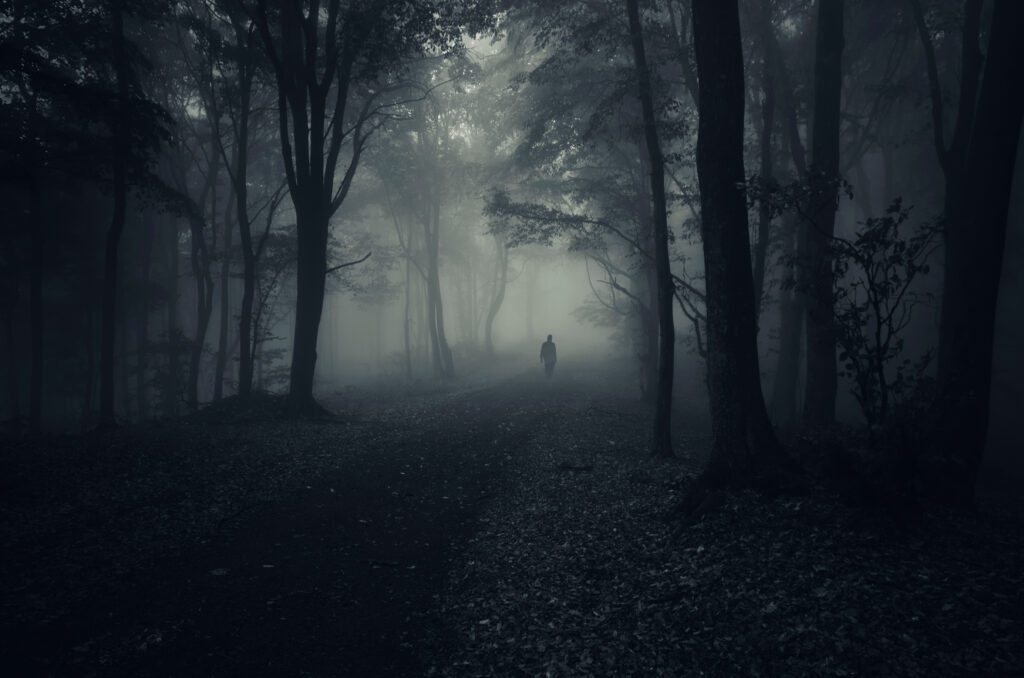Night vision scopes are designed to help you see in low-light conditions by leveraging technology to amplify ambient light or detect infrared radiation. But how exactly does night vision work on a scope? Well, night vision technology comes in two main forms: image intensification and thermal imaging.
Image Intensification
Image intensification scopes rely on available light, whether it’s moonlight or artificial light from nearby sources. This ambient light enters the scope through the objective lens. The light, composed of photons, strikes a photocathode, which converts them into electrons. These electrons are multiplied through a microchannel plate, amplifying the signal. The amplified electrons hit a phosphor screen, which converts them back into photons to create a visible image. This is the green-tinted scene commonly associated with night vision. The result is a brighter, more detailed view of the surroundings, – even in near-total darkness.
Thermal Imaging
Thermal imaging scopes detect infrared radiation, which is emitted as heat by objects. They don’t rely on light, making them ideal for total darkness or in foggy conditions. The scope’s sensor detects infrared radiation given out by objects. The collected infrared data is processed to differentiate between temperature variations. This data is converted into a visual image, with warmer objects appearing brighter or highlighted. Thermal imaging is particularly useful for detecting living creatures or warm objects, even through smoke or foliage.
Choosing the Right Night Vision Scope
Whether you should purchase an image intensifying scope or a thermal imaging scope depends on what you specifically need. Image intensification is best for general navigation, or if you need to identify features such as terrain or objects. Thermal imaging is best for detecting living targets, especially in dense environments or adverse weather.
Night vision scopes utilize advanced technologies to provide clarity in low- and no-light conditions, opening up a world of possibilities. Whether you’re tracking wildlife, ensuring security, or simply exploring the outdoors, understanding how night vision works can help you make the most of these incredible night vision tools.

